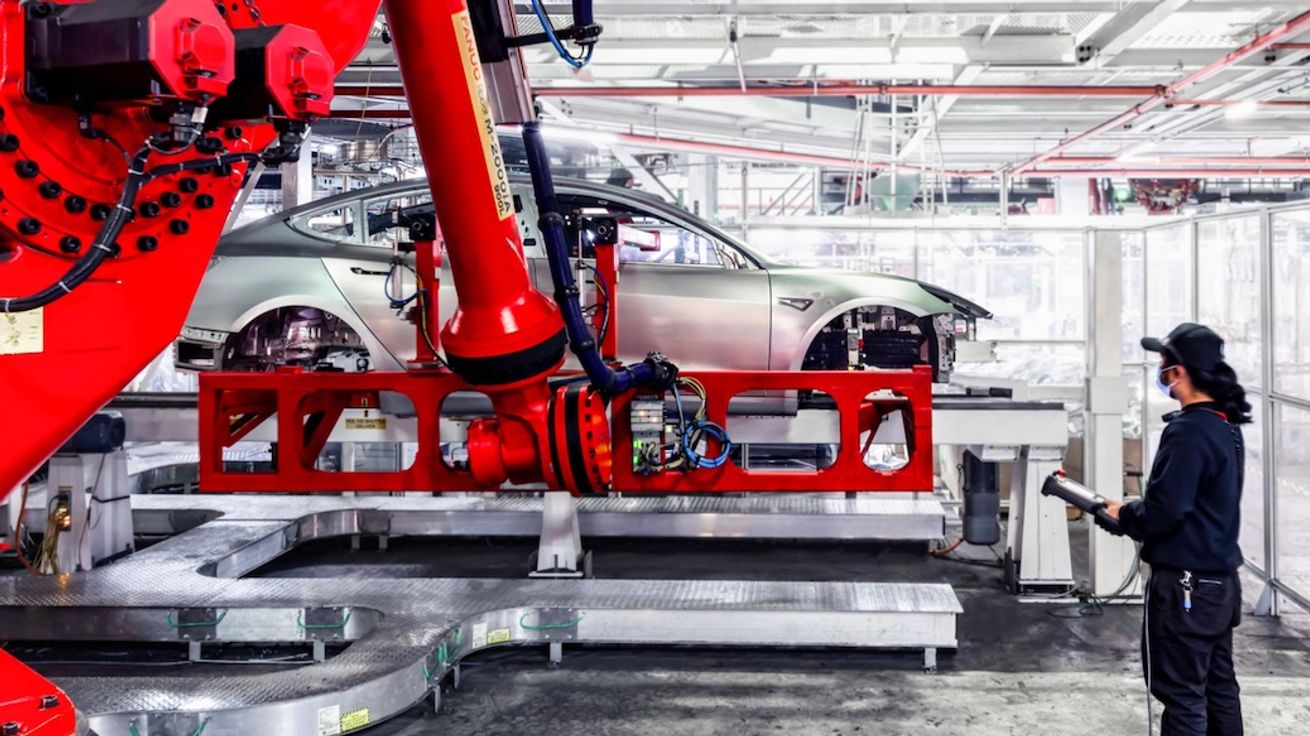2/14/2025
Sources

Kevin Favro
5/19/2023
Learn about the new changes to the vehicle eligibility requirements for the EV federal tax credit and see what EVs still qualify.

Peter Glenn

The Inflation Reduction Act of 2022 (IRA) introduced new guidelines for a federal EV tax credit aimed at helping qualified drivers purchase an electric vehicle. The tax credit is part of a broader plan to make 50% of new vehicles sold in the United States hybrids or plug-ins by 2030. Applicants can receive a non-refundable tax credit of up to $7,500 on the purchase of any of the eligible vehicles listed under the IRA. Drivers looking to take advantage of the federal EV tax credit are subject to a variety of requirements regarding vehicle usage, the suggested retail price (MSRP), and household income, all of which can affect the amount of the tax credit they are eligible to receive.
On January 1, 2024, the Treasury Department implemented new changes:
With the 2024 requirements, the list of eligible battery electric vehicles got quite a bit shorter. Here is a list of vehicles that still make the cut:
Vehicle | Tax Credit Amount | Additional Incentives |
|---|---|---|
$7,500 | ||
$7,500 | ||
$7,500 | ||
$7,500 | ||
$3,750 | ||
$3,750 | ||
$3,750 | ||
$3,750 | ||
$3,750 | ||
$7,500 | ||
$7,500 | ||
$7,500 | ||
$7,500 | ||
$7,500 | ||
$7,500 |
EVs that still qualify for EV Tax Credits
Source: Fueleconomy.gov Updated 1/24/2024
The list of eligible vehicles will change throughout the year as automakers make sourcing and manufacturing adjustments to comply with new regulations. Nissan, Tesla, and other automakers have already indicated that they intend to make the necessary changes to get certain models back on the list before the end of 2024.
Starting in January 2024, electric vehicle purchasers will no longer need to wait until the subsequent tax season to receive their credit. Instead, drivers will have the option to apply the tax credit at the time of the vehicle purchase in the form of a rebate that essentially acts as a discount on the dealership’s sticker price. Here’s how it works:
Tax credit eligibility is complex. Read on or just use EV Life’s EV Savings Calculator to tell you what you and your vehicle qualify for.
To be eligible for the clean vehicle tax credit, all-electric or plug-in hybrid vehicles must meet battery size and vehicle weight requirements and must be:
In addition, battery sourcing requirements can also affect a vehicle’s eligibility. The full $7,500 tax credit is split into two parts, each worth $3,750. Vehicles can qualify for none, both, or either of these credits.
These additional requirements are meant to encourage the auto industry to rely less on foreign countries like China and more on domestic sources for these components, promoting local manufacturing and supply chain security. Each year, the percentages for these components go up, making it harder for vehicles to remain eligible. For example, starting in 2024, battery components cannot come from companies controlled by China.
The new changes to the IRA tax credit are aimed at reducing the auto industry’s reliance on China, which makes up 70% of the global supply of battery cells. By incentivizing automakers to source their battery components and critical minerals from the U.S or its trading partners, the federal government is shifting supply chains away from China and encouraging domestic investment.
As companies break ground on new factories in the U.S and other eligible countries, we will see many EV models get re-added to the list of eligible vehicles. Along with other incentives and grants built into the recent Bipartisan Infrastructure Law and Inflation Reduction Act of 2022, these actions will solidify America’s commitment to an electric vehicle future, improve energy independence, support job creation throughout battery supply chains, and lower costs for working families.
When you apply for the EV Climate Loan with EV Life, we enable you to:
Don’t navigate the complex and ever-shifting EV incentive process alone. Financing with EV Life guarantees the best prices and the lowest rates on your EV, saving the planet while saving your pocketbook.
Want to find out how much you can save? Pre-qualify Now
2/14/2025

Kevin Favro
9/13/2024
Discover how the shift to direct-to-consumer auto lending, driven by EV sales and digital trends, is reshaping the auto finance landscape and how lenders can future-proof their strategy.

Kevin Egolf
7/18/2024
With auto market share declining, developing a comprehensive EV strategy could be the secret for credit unions to win it back.

Peter Glenn